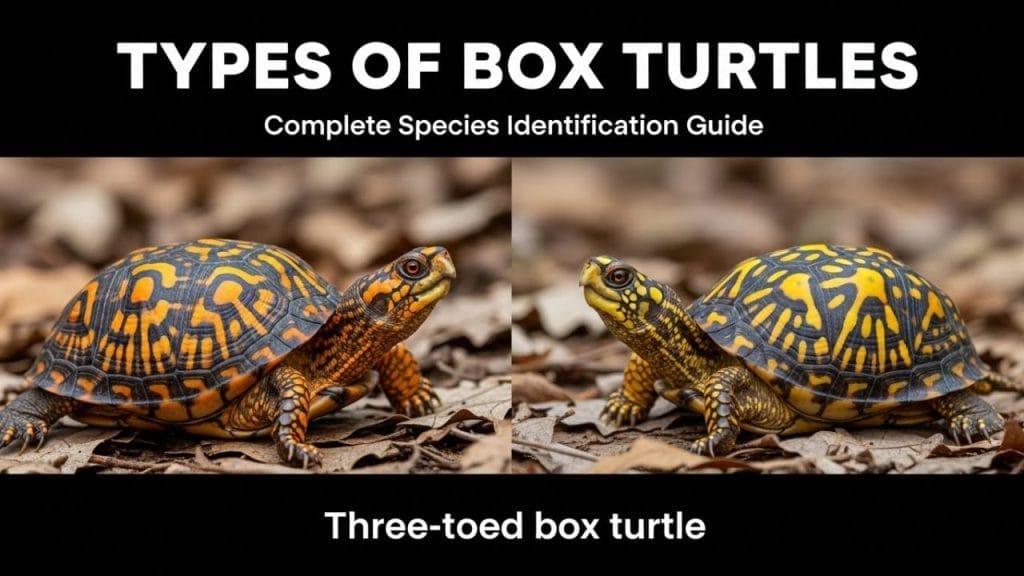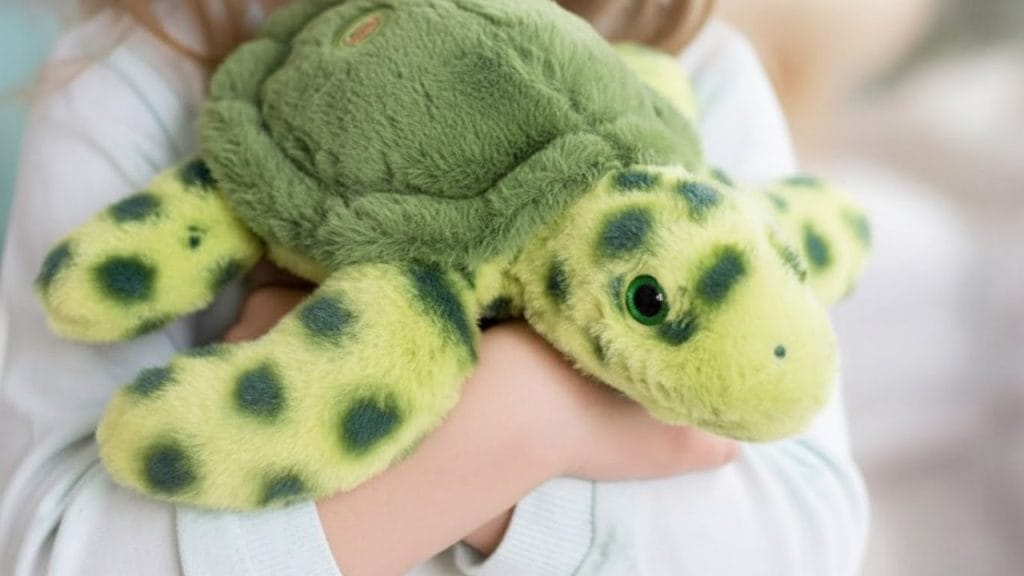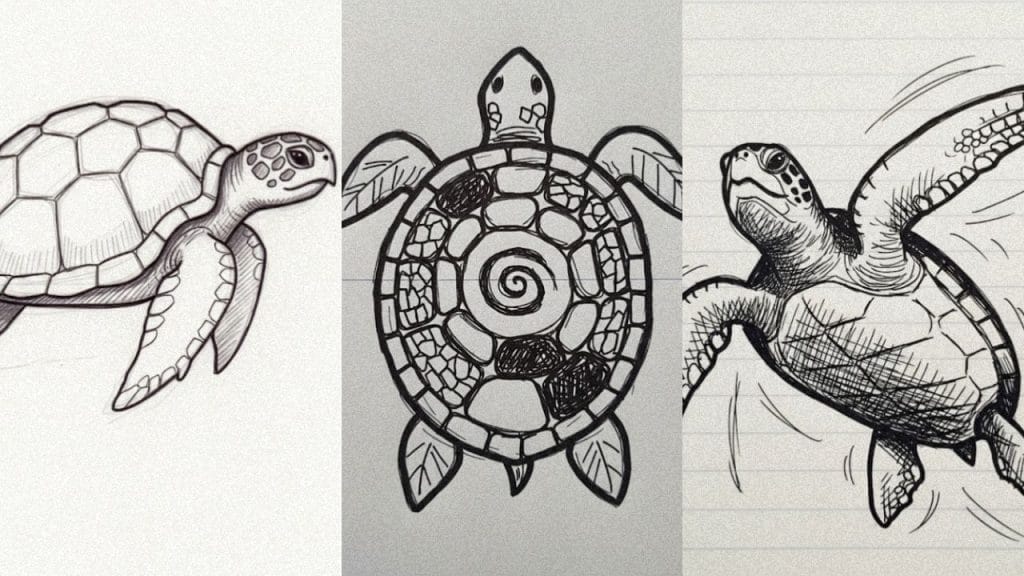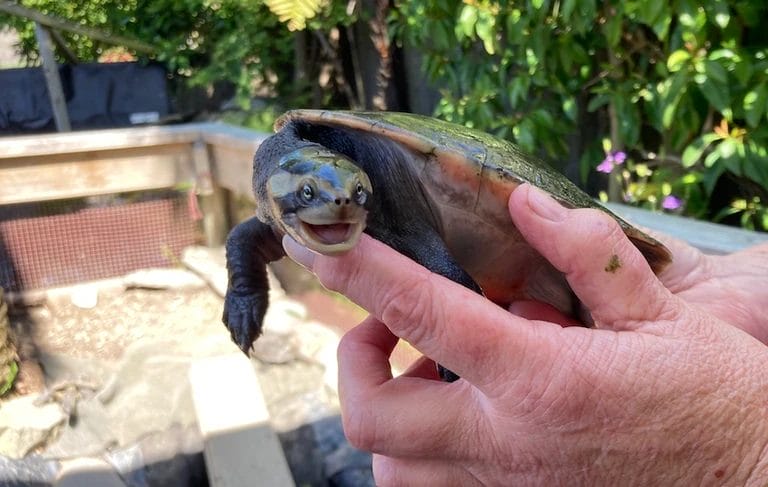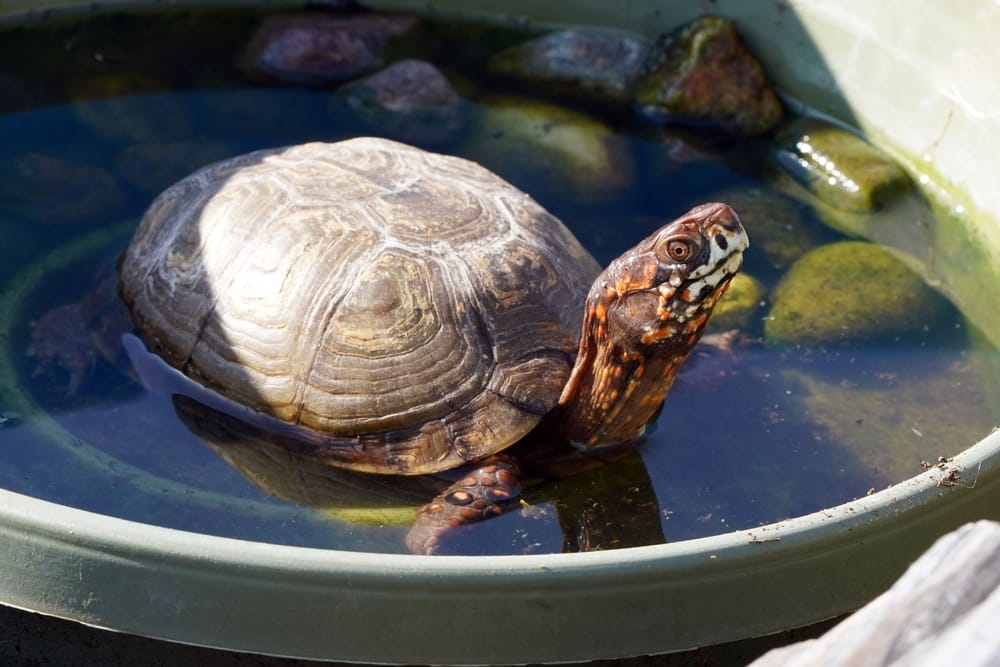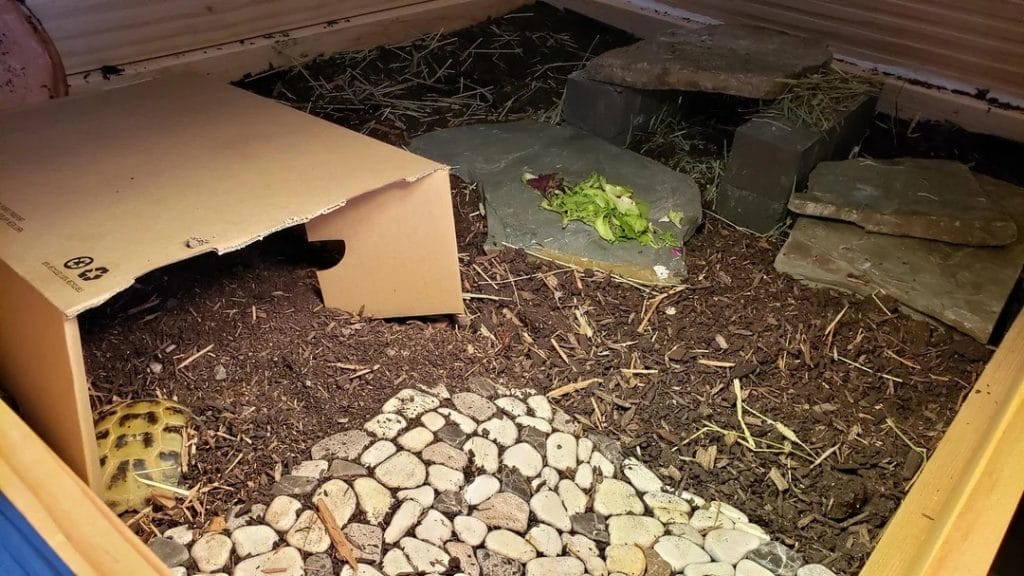Jorge the Sea Turtle Is Free—After 41 Years in a Fish Tank
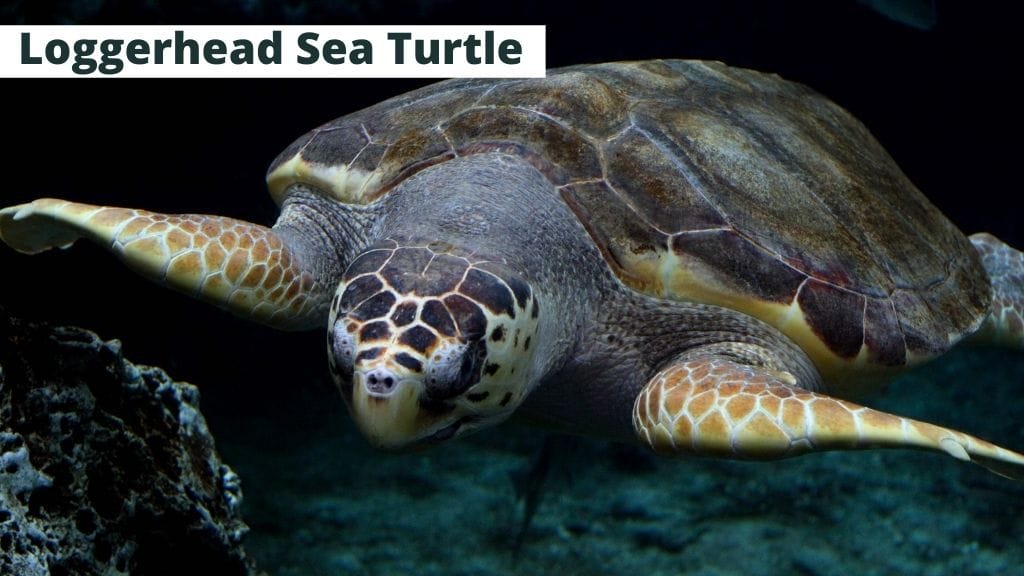
April 11. The Atlantic was wild that morning. Choppy waves, strong current, gray skies. And in the middle of it all? Jorge — a 60-year-old, 220-pound loggerhead turtle — finally slipping into the ocean after more than four decades in a glorified fishbowl.
No hesitation. No drama. Just steady strokes into the water like he was born to do it. Which, to be fair, he was.
But for 41 years, he hadn’t. He’d been stuck in a shallow tank in Mendoza, Argentina — hundreds of miles from the sea — eating boiled eggs and beef, floating in 1.5 feet of water salted to pretend it was the ocean. His entire world? 5,300 gallons of concrete pool.
And now? He’s swimming over 1,700 miles north toward the coast of Brazil — probably back to the very beach he once crawled out of as a hatchling. The fact that he even remembers how to turtle is wild. The fact that he’s doing it this well is something else entirely.

How Did He End Up in a Tank in the Andes?
Back in 1984, Jorge was just a young turtle cruising near Bahía Blanca when he got tangled in fishing nets. He was injured and “cold-stunned” — basically hypothermic. Some well-meaning folks found him, stuck him in a wooden crate, and shipped him to Mendoza. Because, yeah, in the ‘80s, we weren’t exactly experts at sea turtle rehab. So instead of releasing him, they kept him. For decades.
Over the years, Jorge became a local icon. Families visited him like he was a museum exhibit. Mayors came and went, but each handed over Jorge’s care like he was part of the office furniture.
But things started shifting. People wanted better for him. Over 60,000 signatures piled up on a petition to release him. In 2021, a group of environmental lawyers filed a lawsuit. Finally, pressure boiled over — and the city of Mendoza said okay. Let’s bring Jorge home.
Operation “Teach a Turtle to Be a Turtle Again”
The team knew this wouldn’t be easy. You can’t just chuck a sea turtle into the ocean after 40 years and wish him luck. His instincts were rusted. His body was weak. His diet? Totally unnatural.
So researchers from the Mar del Plata Aquarium, the National University of Mar del Plata, and the Argentine Museum of Natural Sciences came together. Their goal: rewild Jorge.
It started with water. The pool he lived in had to be slowly adjusted to real ocean salinity — 3.3%. Blood tests were done to make sure his body could handle it. X-rays checked his joints, just in case decades of inactivity had taken a toll.
When he passed the tests, he was flown again — this time to Mar del Plata. There, he was given a real tank: 40,000 gallons of actual seawater, 10 feet deep, with temperature control to match what he’d feel in the Atlantic.

Then came food. No more eggs and beef. He had to learn to chase live prey — crabs, snails, shrimp. At first? Total fail. He got scared of a ray they introduced into the tank. Thought it was dinner. Then it moved. Jorge panicked and backed off.
But with time, he got bolder. Started chasing, hunting, winning. He even began making shelters in the tank to rest in — classic loggerhead behavior. He got louder. More alert. More… alive.
The final test? Currents. They simulated ocean conditions inside the tank, and Jorge handled it like a pro.
After three years, the team agreed: He’s ready.
This Hilarious Turtle Book Might Know Your Pet Better Than You Do
Let’s be real—most turtle care guides feel like reading a textbook written by a sleep-deprived zookeeper.
This one’s not that.
Told from the snarky point of view of a grumpy, judgmental turtle, 21 Turtle Truths You’ll Never Read in a Care Guide is packed with sarcasm, sass, and surprisingly useful insights.
And hey—you don’t have to commit to the whole thing just yet.
Grab 2 free truths from the ebook and get a taste of what your turtle really thinks about your setup, your food choices, and that weird plastic palm tree.
It’s funny, it’s honest, and if you’ve ever owned a turtle who glares at you like you’re the problem—you’ll feel seen.
The Big Day: Jorge Returns to the Sea
On April 11, Jorge was taken out to sea on a ship belonging to the Argentine Naval Prefecture. They went 15 nautical miles offshore. The ocean wasn’t calm, but that didn’t stop him.
He was fitted with a satellite tracker and lowered into the water. And just like that — he was gone.
The team held their breath until the next morning. Around 10 a.m., Jorge’s first signal came in. He was heading north. Toward Brazil. Toward home.

The Journey So Far
It’s been over 70 days since Jorge hit the water. He’s already swum more than 1,700 miles and is cruising near Santa Catarina, Brazil. His total goal? About 2,500 miles — back to Praia do Forte, the area he likely hatched in.
Why does he even remember that place? Because sea turtles imprint on their birth beaches. And according to Laura Prosdocimi, the researcher who studied his DNA, Jorge was already a subadult when he was captured. He had those migratory routes baked in.
So he’s following instincts that lay dormant for 40 years — and they’re still leading him.
Why Jorge’s Story Is a Big Deal
No other sea turtle has spent this long in captivity and then successfully re-entered the wild. His tracker sends at least two signals a day, letting researchers learn how male turtles move — something we still know surprisingly little about.
He’s a living case study. A proof of possibility. A giant middle fin to the idea that long-term captive animals can’t go back.
And Jorge’s not done. Loggerheads can live to 80, sometimes even 100. He’s still got time to pass on his genes. The researchers are already joking about baby “Jorgitos” and “Jorgitas” swimming around one day.
But even if he never has offspring, he’s done enough. He’s shown that it’s never too late to go home. Never too late to remember who you are.
Nature didn’t forget Jorge. And Jorge, somehow, didn’t forget the ocean.

About Author
Muntaseer Rahman started keeping pet turtles back in 2013. He also owns the largest Turtle & Tortoise Facebook community in Bangladesh. These days he is mostly active on Facebook.


